Xiaomi Mi A2 Review

Review index
Display | Hardware and performance | Interface & Functionality | Multimedia | Camera | Battery | ConclusionXiaomi’s arrival on the US market is still a chimera in 2018, but its latest releases reveal that the large Chinese company is ready to tackle a much, much-broader global audience.
The fresh new Xiaomi Mi A2 is the perfect example of this – an affordable smartphone that seemingly embodies the perfect marriage between capable hardware and the intuitiveness of Google’s clean Android software.
Design
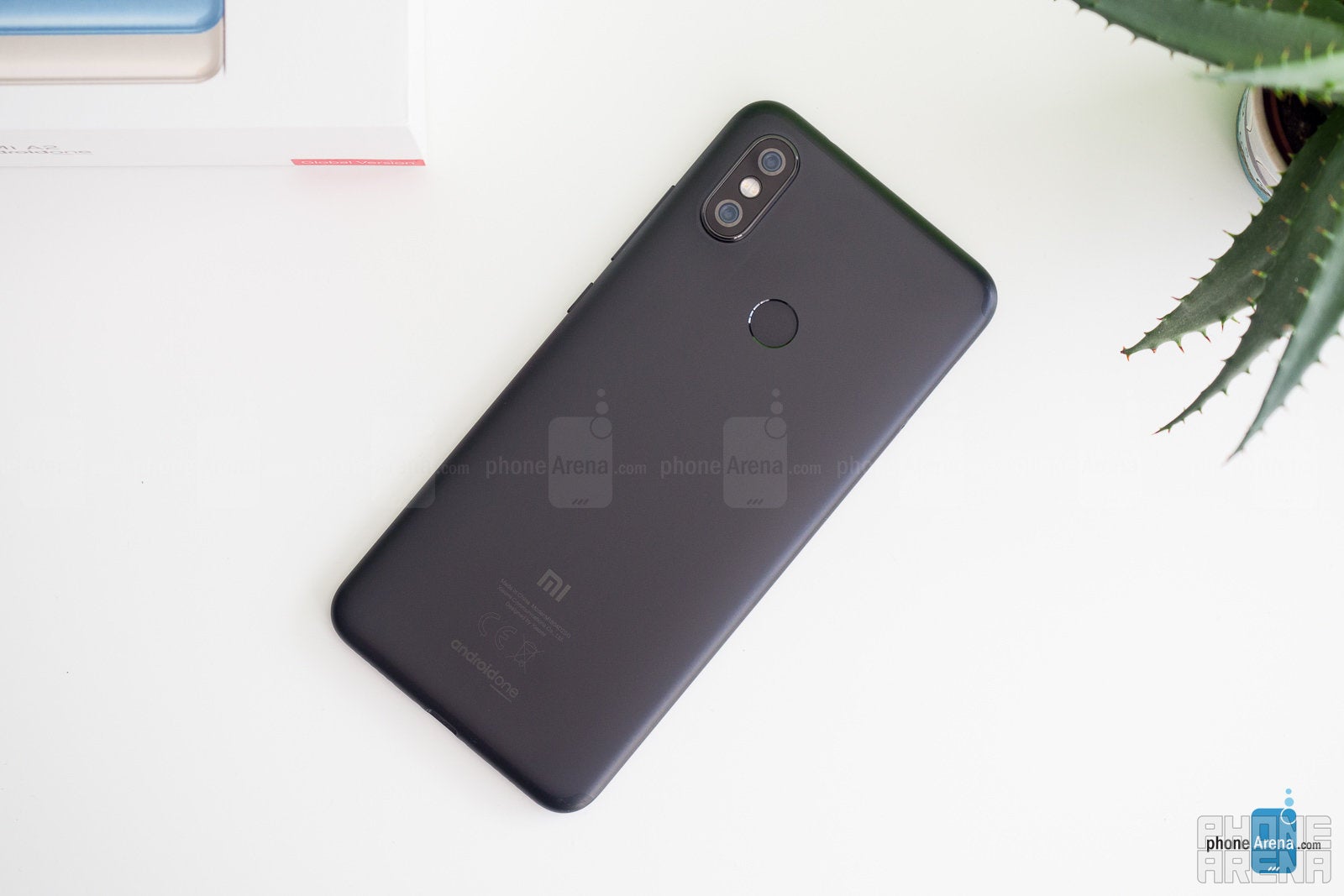
Look high and low but you won’t find a 3.5mm audio jack – it has been sacrificed to keep the footprint of the Mi A2 as thin as possible. At least a dongle is included in the box.
There is a fingerprint scanner at the rear of the phone, placed at a very convenient spot. Notable is the addition of a USB Type-C port on the device – Xiaomi’s affordable mid-rangers these days are usually donning an archaic microUSB port. There’s also an infrared blaster at the top of the phone also deserving a mention – this staple of most Xiaomi phones comes in very useful, but we will come back to that one later.
Display

If you’re used to vivid displays, the Mi A2 will immediately strike you as bit drab and lacking any punchiness. I got used to it after a day or two, but one of the things I actually miss is MIUI’s display mode calibrator tool, which allows you to calibrate the display to your own heartfelt content. No such thing is present on the Mi A2 as it’s powered by pure Android, which means you’re stuck with the not-so-impressive default color calibration.
Hardware and performance
Admittedly, my day-to-day usage has certainly been tainted by the super-snappy Snapdragon 845 chip that powers my daily driver, and switching to the Mi A2 for the purposes of this review felt like a noticeable regression in terms of performance. Of course, the humble octa-core Snapdragon 660 chipset inside the Mi A2 isn’t really meant to match the flagship performance of a Snapdragon 845, and I was perfectly aware of what I was getting myself into.
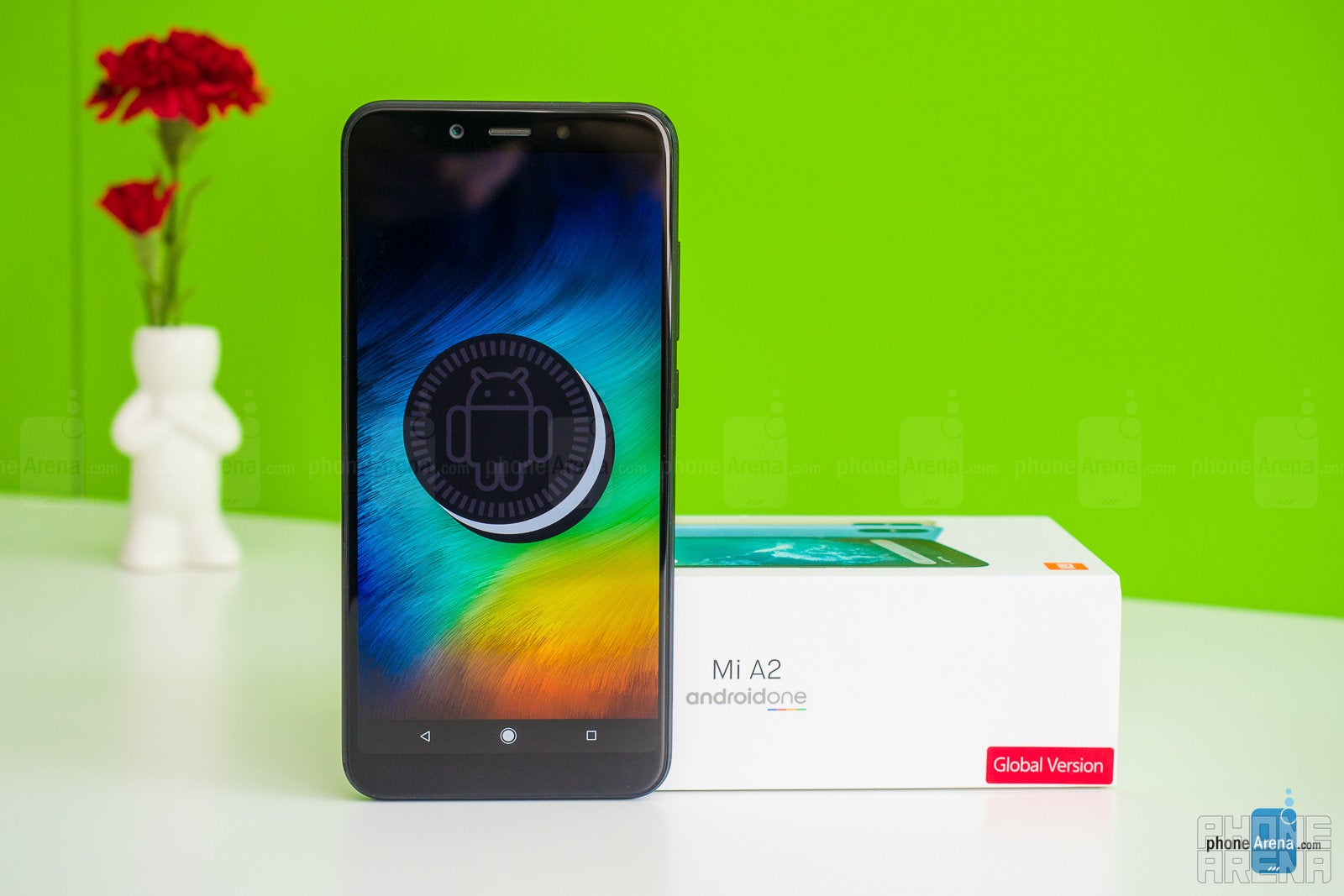
Surely, it would lag here and there, especially if you try to do too many things at once. For example, I had to endure irritating stutters in the Instagram app, but I am not entirely convinced that was the Mi A2’s fault. Light gaming is okay, but load up a heavier game like PUBG or the Fortnite beta and you will be up for a timely awakening.
The 4GB of RAM and the 64GB of on-board storage feel perfectly adequate to me and are as much as you would expect in the Mi A2’s price segment. There’s no microSD card slot.
Interface & functionality
This is the second Android One device Xiaomi has released so far, and similarly to the Mi A1, Google is directly responsible for the software support of the phone. Just like any other Android One device, this one is guaranteed to receive software updates for two years directly and monthly security patches for three years directly from Google. The Xiaomi Mi A2 launched with Android Oreo, and aside from Android Pie, it will most certainly receive get a taste of next year’s Android Q as well.
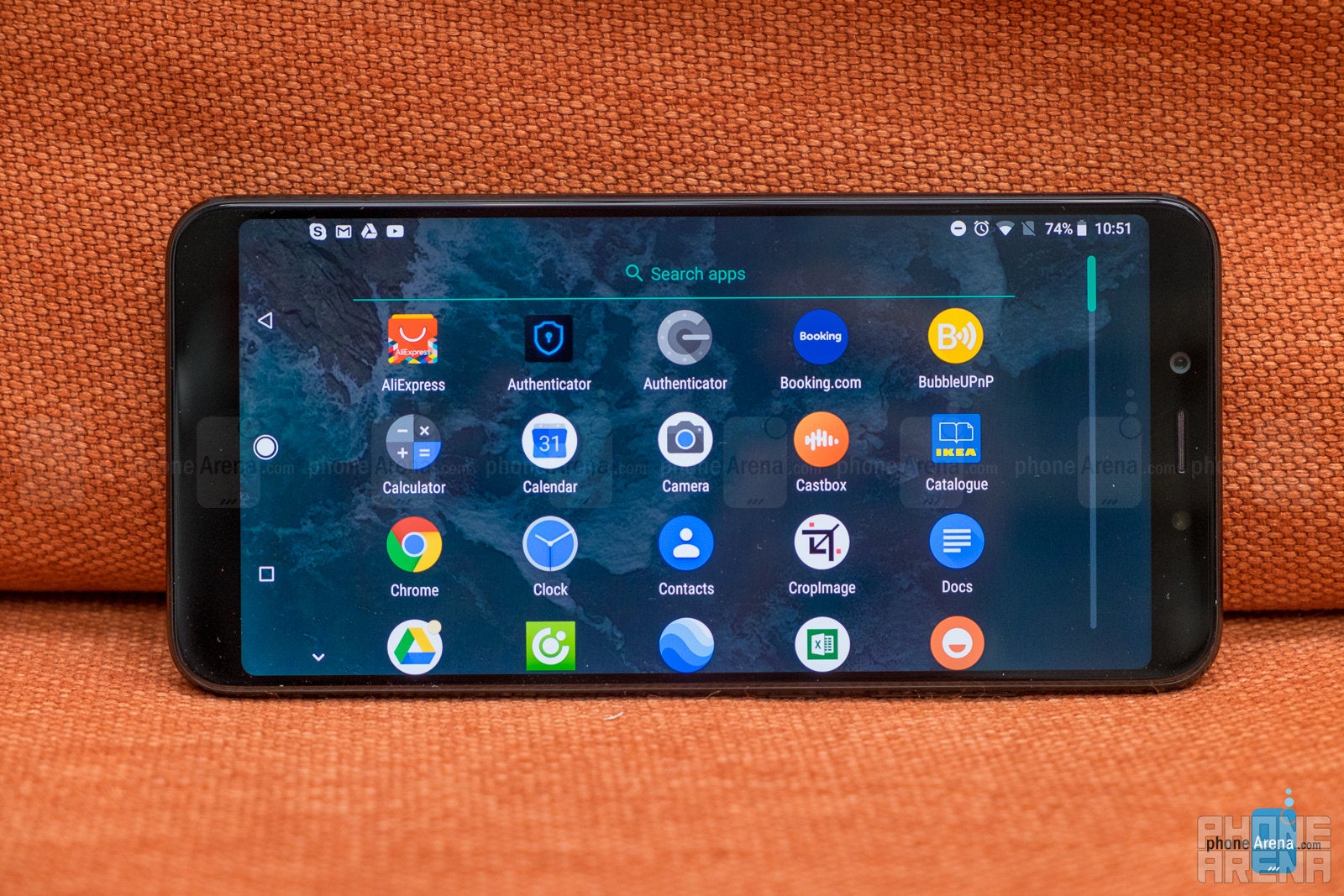
When it comes to unlocking the device, users can rely on both the super-snappy fingerprint scanner at the back and the face unlock feature. Have in mind that the latter is not a custom ordeal but part of Google’s own Smart Lock feature, which is already present on a large trove of Android devices. It’s very convenient, but not as secure as those 3D face-scanning ones.
One thing I hated about the phone is the LED notification light. Unlike almost any other Android device out there, the Mi A2 has a single-color notification light that lights up in white for anything, be it from low battery to a WhatsApp notification and an email, which is extremely user-unfriendly. Its pulse is also kind of stuttering and slow to update, further making up for the bad experience in this aspect.
Multimedia
Тhere is a single down-firing loudspeaker of the Mi A2, and it’s not that good in terms of audio quality. Sure, it gets pretty loud, but crank it up over 80% and you will be subjected to a ear-piercing loudness distortion. The audio sounds tinny, the base is hollow, and overall, I wouldn’t recommend enjoying your favorite TV shows or listening to music on the loudspeaker.
Camera
The camera performance of the Xiaomi Mi A2 pleasantly surprised me.
Image quality
In good lightning, you’d be forgiven if you mistake a Mi A2 camera sample for one made with a much more expensive device, and rightly so – the camera produces very pleasing images that have enough sharpness and saturation to make them pleasing to the eye but not excessively overdone. The HDR feature is smart enough to kick in when it’s needed, helping the camera alleviate the pain of burned highlights and pitch-black shadows most of the time. Surely, sometimes the automatic HDR would decide it isn’t needed, resulting in a slightly less usable picture, but this only happened once or twice to me.
Video quality
The Xiaomi Mi A2 shoots 4K and 1080p videos at 30fps and is also the first mid-range Xiaomi device to shoot 1080p videos at 60fps right out of the box. Videos are electronically stabilized in all modes except for 4K@30fps. For the most part, videos at either resolution turn out okay, with 4K naturally having much more detail, though one very annoying issue I had with the videos is that there is too much focus-hunting involved a bit too often. While it’s true that the device is super-quick to readjust its focus point, the focus-hunting in many shooting scenarios could ruin your video.


Battery
What the Mi A2 lacks in performance, it makes up in terms of efficiency. It has a modest 3,010mAh battery in the trunk, but this one lasts a while. To be exact, it endured for 7 hours and 23 minutes in our custom battery test. This result can be traced back to the Snapdragon 660, which turns out to be quite the efficient chipset and seems like a worthy successor of Xiaomi’s BFF, the Snapdragon 625, the previous uncrowned king of efficiency.
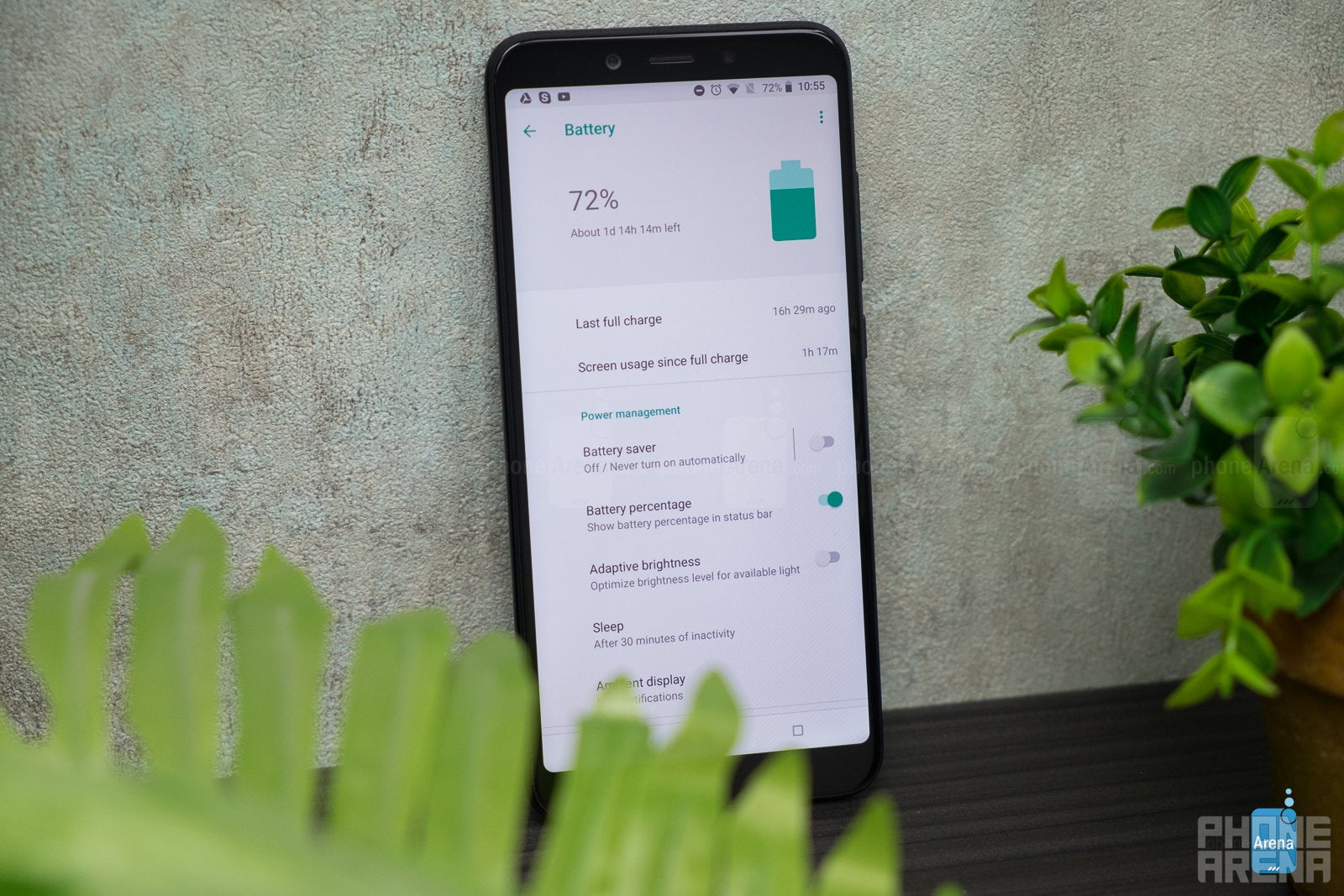
Conclusion
Unlike most Xiaomi devices that mainly target the Chinese and Indian markets, the Mi A2 is geared towards a much wider global release – the phone will be up for grabs in many countries across Europe, Asia Pacific, the Middle East & Africa. The USA is traditionally not present, but denizens of Colombia and Mexico will be able to get this one.
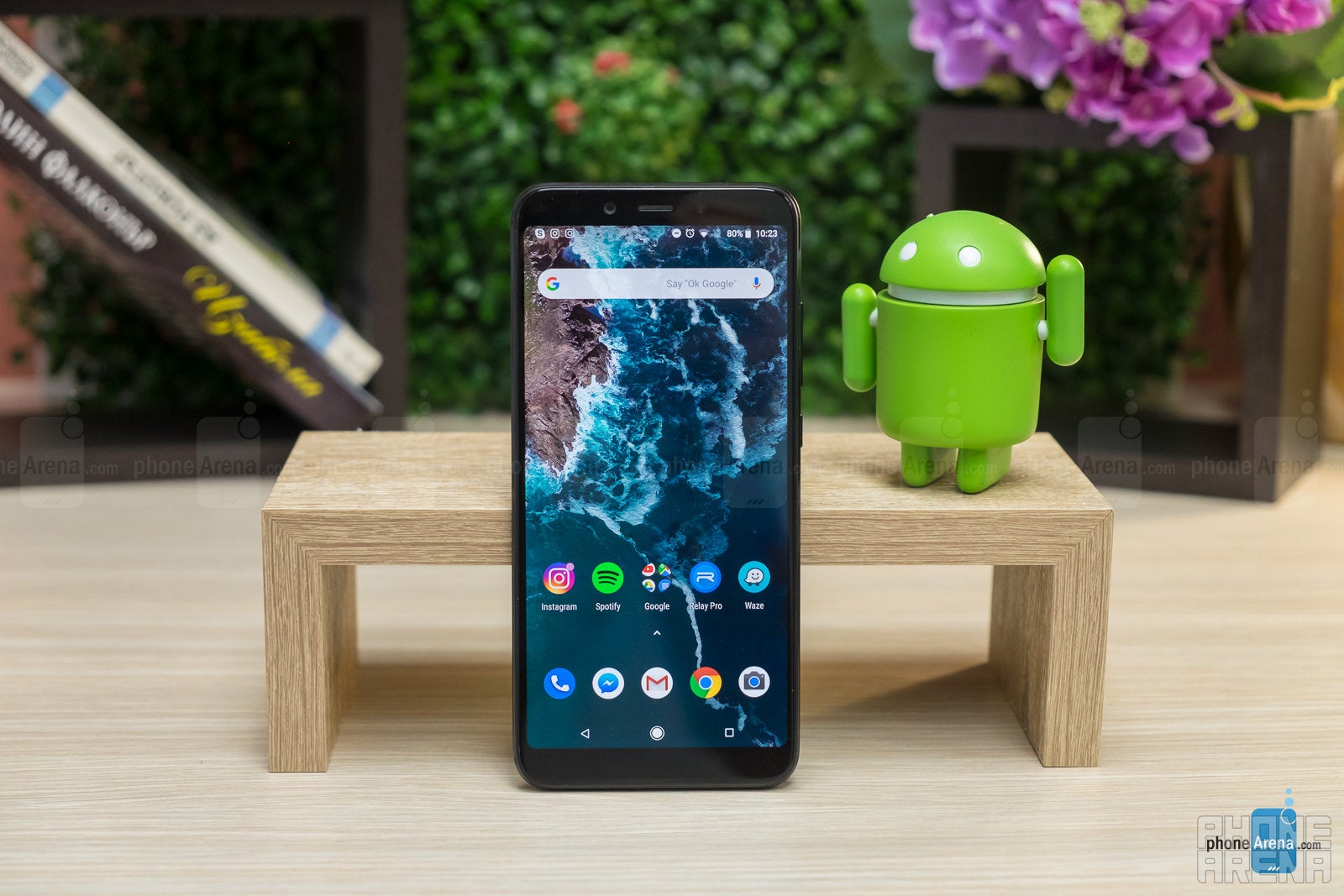
- 4GB RAM + 32GB storage: 249 euro
- 4GB RAM + 64GB storage: 279 euro
- 6GB RAM + 128GB storage: 349 euro
Overall, you'd be hard-pressed to find a better deal on a device with pure Android that boasts a similarly capable camera and comes with such a well-rounded hardware package, not to mention the software support that’s on par with the Android flagships out there.
Even though the Mi A2 has its flaws, I find it somewhat hard to judge the phone for them given what a nice value-for-money device you’re getting your hands on. If you can look past the not-so-accurate display and the lack of a 3.5mm audio jack or a microSD card slot, both of which are still regular features of mid-range devices, then you’re in for a tasty Android treat that wouldn’t break the bank.
The Xiaomi Mi A2 is solid two thumbs up!






























Things that are NOT allowed: